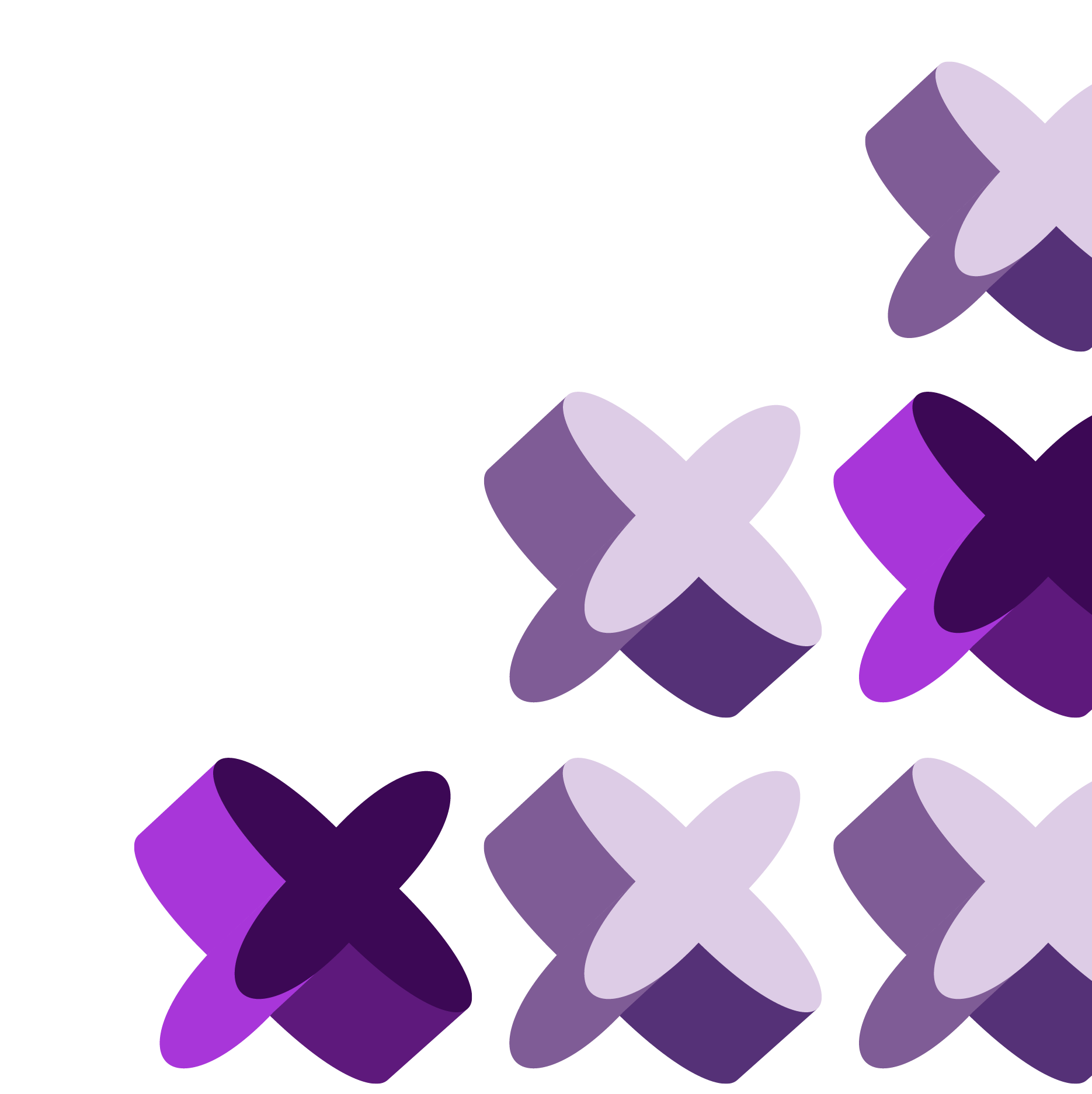Customer Lifetime Value
7 Ways to Increase CLV through Loyalty Programs

According to Antavo’s Global Customer Report 2023, 67.7% of loyalty program experts who participated in the survey agreed that they are planning to increase their investments in customer retention.
The term “customer retention” refers to all the strategies that brands use to convert one-time buyers into repeat purchasers. It’s now common knowledge among both marketers and brand owners that the costs of advertising on platforms like Meta and Google are skyrocketing—unless you have money to burn!
That’s where loyalty programs come in as a solution to alleviate these challenges. Building or revamping a loyalty program is the gateway to establishing a long-term strategy for your brand and boosting your customer lifetime value (CLV).
But, What is Customer Lifetime Value (CLV)?
CLV is one of the most important metrics to track in loyalty marketing. It represents the total amount of money a customer is expected to spend on a brand’s products or services throughout their relationship with that brand.
There are two main approaches to measuring CLV:
Historic CLV: This model looks back at a customer’s past transactions and sums up their total value. For example, if you’ve made 20 purchases at KFC over the last five years, each valued at $10, then your historic CLV is (20 x 10) = $200.
Predictive CLV: With the rise of AI and machine learning in loyalty marketing, brands can now predict their customers’ future transactions. Predictive CLV estimates the value of future purchases based on past behavior. This approach helps brands anticipate the monetary value they can expect from their existing customers.
Both models are extremely useful for brand owners and marketers, enabling them to create better-targeted offers and campaigns for different customer segments. The aim of these campaigns is to increase the value each customer brings to the business while also predicting their future behavior.
How to Measure CLV
Let’s use the KFC example again (who doesn’t love caramel chicken wings, right?) with two different scenarios to explain how to measure customer lifetime value.
Assume the average lifetime of a typical KFC customer is two years. During these years, the customer makes 10 orders (five each year). Assuming that the gross margin of each meal is $10, the customer’s CLV will be: 2 x 5 x 10 = $100.
Now, let’s consider another scenario using Pizza Hut as an example. Suppose the brand sells 10 meals to 10 customers over two years, but each of these customers makes only one purchase. As a result, they become one-time buyers.
The challenge in this case is that Pizza Hut’s marketing team needs to put in extra effort to acquire new customers continually. If the average customer acquisition cost is $5, the financial comparison looks like this:
| KPIs | Scenario 1 (Loyal Customer) | Scenario 2 (One-Time Buyers) |
|---|---|---|
| Acquisition Cost | $5 x 1 = $5 | $5 x 10 = $50 |
| Sales | 10 x $10 = $100 | 10 x $10 = $100 |
| Profit | $100 - $5 = $95 | $100 - $50 = $50 |
These numbers tell an important story: brands that build a loyalty program can achieve higher profit margins, whereas those that don’t may struggle to generate sufficient returns on their marketing investments.
A high CLV indicates that the business:
- Spends less on acquiring new customers.
- Generates more sales without having to rely on constant promotions.
- Uses customer data for better targeting and automated communication.
- Is perceived as a customer-centric brand with high levels of satisfaction.
Now that we’ve covered what CLV is and how brands can benefit from measuring it, let’s explore some strategies to increase CLV through loyalty mechanisms.
Strategies to Boost CLV Through Loyalty Programs
Gamification
Gamification is one of the most engaging tactics you can use in a loyalty program. It works exceptionally well in various industries by adding excitement and motivation.
For example, KFC in Finland launched a Hatch & Match game on its website for seven weeks. The game was played over 1.6 million times, and the top 200 players received rewards like gift cards, special benefits, and free menu items. This tactic kept customers highly engaged with the brand.
Community-Based Rewards
Modern loyalty programs are more than just discounts and freebies; they focus on creating a sense of community. By encouraging customers to participate in unique experiences and share user-generated content (UGC), you can enhance their sense of belonging and boost your CLV.
Referral Systems
Referral programs are a powerful way to increase CLV. For instance, offers $50 for every new member referred by an existing customer, along with $300 for the new member who opens an account. This approach drives customer engagement and expands the bank’s reach.
Personalization
Personalization is the secret sauce that makes brands like so successful. By leveraging AI and machine learning, Netflix provides highly personalized content, resulting in a churn rate as low as 2.7% in 2021. Personalization keeps customers coming back for more, directly boosting their lifetime value.
Subscriptions
Subscription-based loyalty models, like from Pret A Manger, offer incredible value for regular customers. For just £5 per month, members get 50% off on drinks. This strategy fosters loyalty and ensures repeat visits, ultimately enhancing customer lifetime value.
Emotional Intelligence
Loyalty programs built on emotional connections can create long-lasting relationships. Airlines like reward loyal customers with miles that can be redeemed for free flights, upgrades, and other perks. This approach fosters a deep sense of belonging and loyalty.
Brand Partnerships
Collaborating with other brands can offer even greater value to your customers. An excellent example is the partnership between Marriott and Uber, where customers earn Marriott Bonvoy points for using Uber services. This joint effort expands both brands' reach and increases CLV for their most loyal customers.
Introducing or enhancing a loyalty program may compress profit margins in the short term due to discounts and promotions. However, over time, brands can shift their focus to experiential rewards, creating more sustainable growth and turning customers into advocates with higher purchase frequency and larger baskets.

